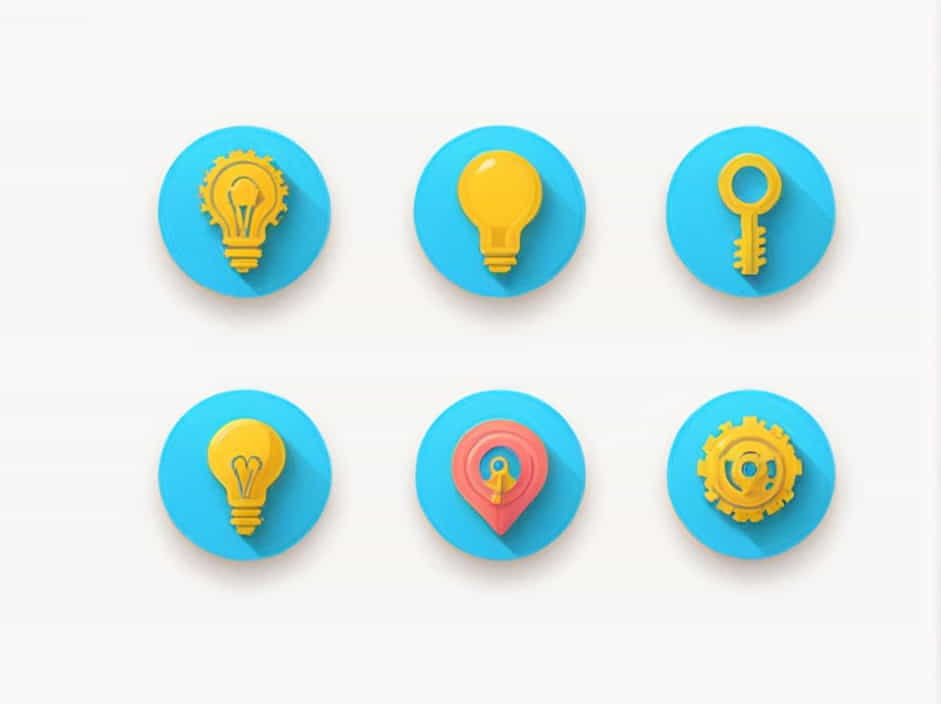The behaviorist pedagogical approach is one of the most influential teaching methodologies in education. Rooted in the principles of behaviorism, this approach focuses on how students learn through external stimuli, repetition, and reinforcement.
Behaviorist teaching methods have been widely used in classrooms to shape students’ learning experiences, ensuring that desired behaviors are reinforced and undesired behaviors are discouraged. This topic will explore the key characteristic of the behaviorist pedagogical approach, its benefits, and practical applications in modern education.
1. Understanding the Behaviorist Pedagogical Approach
What Is Behaviorism?
Behaviorism is a psychological theory that explains human learning through observable behaviors rather than internal thoughts or emotions. It was developed by early psychologists such as John B. Watson, Ivan Pavlov, and B.F. Skinner.
According to behaviorism, learning occurs when students respond to external stimuli, and their responses are reinforced through repetition, rewards, or consequences.
How Does Behaviorism Apply to Education?
In the classroom, the behaviorist approach is used to shape student learning through:
- Reinforcement (positive and negative)
- Repetition of learned behaviors
- Clear instructions and expectations
- Assessments based on observable outcomes
These methods ensure that students develop habits and behaviors that align with educational objectives.
2. Key Characteristic of the Behaviorist Pedagogical Approach
The primary characteristic of the behaviorist approach is learning through reinforcement. This means that students are conditioned to respond to specific stimuli through reward systems, repetition, and corrective feedback.
A. Learning Through Reinforcement
The behaviorist model is based on the idea that students repeat actions that lead to rewards and avoid actions that lead to negative consequences. This is known as operant conditioning, a concept developed by B.F. Skinner.
- Positive reinforcement: Rewarding a student for correct answers or good behavior encourages them to repeat that behavior.
- Negative reinforcement: Removing an unpleasant stimulus when students demonstrate desired behavior strengthens learning.
For example, a teacher may use gold stars, praise, or extra recess time as rewards for students who complete their assignments on time.
B. Repetition and Practice
Behaviorist teaching relies heavily on repetition to reinforce learning. Students practice a skill multiple times until it becomes automatic.
For example:
- Learning multiplication tables by repeating them daily.
- Practicing spelling words through drills.
- Memorizing historical dates using flashcards.
C. Stimulus-Response Relationship
A fundamental principle of behaviorism is the stimulus-response relationship. Teachers provide stimuli (such as instructions, questions, or visual cues), and students respond accordingly.
For example:
- A teacher says, ‘Clap if you know the answer!’, and students respond by clapping.
- A teacher uses a red card to signal ‘stop’ and a green card to signal ‘go’ in classroom activities.
D. Teacher-Centered Instruction
In the behaviorist classroom, the teacher is the primary source of knowledge and control. The teacher sets clear rules, rewards, and consequences, and students follow structured learning patterns.
This contrasts with constructivist learning, where students explore knowledge on their own.
3. Benefits of the Behaviorist Approach in Education
The behaviorist pedagogical approach has several advantages that make it effective in various learning environments.
A. Clear Expectations and Structure
- Students know what is expected of them.
- Lessons follow a consistent pattern, reducing confusion.
- Classroom discipline improves because rules are clear.
B. Effective for Memorization and Skill-Based Learning
- Repetition helps students retain information over time.
- Useful for math facts, language learning, and science concepts.
- Encourages automatic recall, making problem-solving faster.
C. Immediate Feedback and Motivation
- Teachers provide instant feedback, correcting mistakes early.
- Rewards motivate students to work harder and participate.
- Encourages positive classroom behavior through reinforcement.
D. Works Well in Traditional and Digital Learning Environments
- Behaviorist techniques apply to physical classrooms, e-learning, and AI-based learning platforms.
- Online learning uses gamification, badges, and instant grading, aligning with behaviorist principles.
4. Practical Applications of Behaviorism in Teaching
Many modern teaching strategies use behaviorist principles to enhance learning outcomes.
A. Direct Instruction
Teachers use step-by-step explanations to introduce new concepts.
- Example: Teaching sentence structure by breaking it into subject, verb, and object and reinforcing through exercises.
B. Drill and Practice
Repetition-based learning through worksheets, quizzes, and interactive exercises.
- Example: Spelling bees and math speed tests help students recall information quickly.
C. Reward Systems
Teachers use point systems, certificates, and badges to reinforce good behavior.
- Example: A reading challenge where students earn a star for each book read.
D. Classroom Behavior Management
- Positive behavior charts encourage students to follow rules.
- Time-out strategy discourages disruptive behavior.
E. Computer-Based Learning and Gamification
- Online apps like Kahoot, Duolingo, and Quizlet use behaviorist principles.
- Students receive immediate feedback and rewards for correct answers.
5. Limitations of the Behaviorist Approach
Despite its effectiveness, behaviorism also has some limitations in education.
A. Lack of Critical Thinking Development
- Focuses more on memorization than problem-solving.
- Students may struggle to apply knowledge in real-life situations.
B. Can Be Too Rigid
- Over-reliance on rules and repetition may limit creativity.
- Doesn’t encourage exploration or independent thinking.
C. Short-Term Motivation
- Rewards work well initially, but students may lose interest once rewards stop.
To overcome these limitations, many educators combine behaviorism with other learning theories, such as constructivism and cognitive learning.
The key characteristic of the behaviorist pedagogical approach is learning through reinforcement. This method ensures that students develop good habits, discipline, and memorization skills through repetition, structured instruction, and rewards.
While it has limitations, behaviorism remains one of the most effective teaching strategies, especially for early education, skill-based learning, and digital learning platforms. By balancing behaviorist techniques with critical thinking activities, educators can create a comprehensive learning experience for students.
